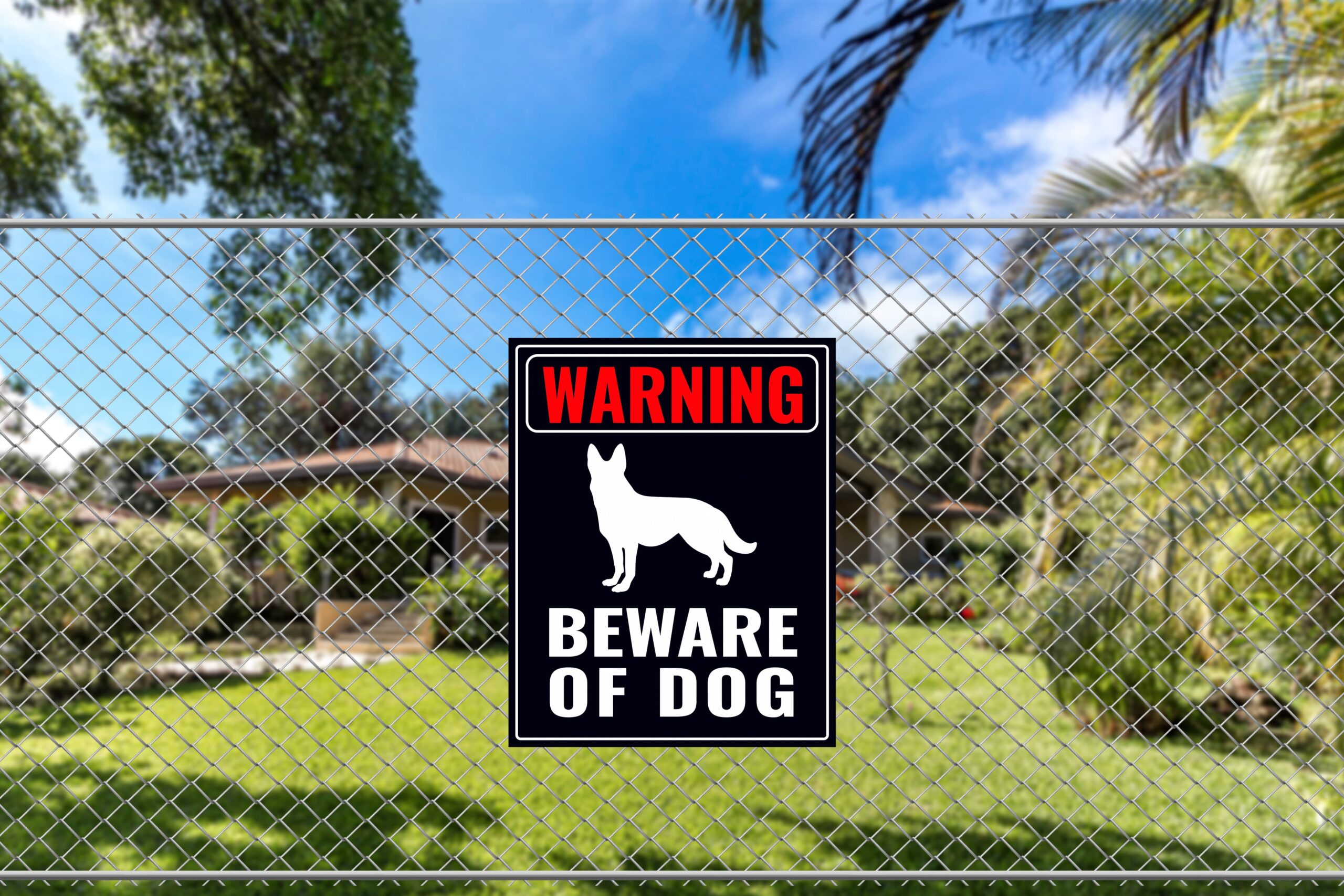Eye injuries can drastically change a person’s life, impacting daily activities, job performance, and overall quality of life. Knowing how much compensation you might receive for an eye injury is crucial for financial planning and seeking justice.
This guide will walk you through the various factors that affect compensation amounts, the types of injuries covered, and the legal processes involved.
Workplace Eye Injury Number
| Statistic | Details |
|---|---|
| Annual Cost | $300 million (worker’s compensation, medical treatment, lost productivity) |
| Annual Incidents | Nearly 20,000 eye injuries in the workplace |
| Preventable Injuries | 90% with appropriate protective eyewear |
| Common Causes | Flying shards, tool malfunctions, chemical splashes, wood splinters |
| Missed Work Days | Often required for recovery from eye injuries |
| Protective Eyewear Standards | Must comply with OSHA and ANSI regulations |
Understanding Eye Injury Compensation
Eye injuries can have a profound impact on one’s life, affecting everything from daily activities to long-term career prospects. Understanding compensation for eye injuries is essential for those seeking justice and financial relief after an accident.
Definition of Eye Injury Compensation
Eye injury compensation refers to the financial payment awarded to individuals who suffer eye injuries due to accidents or workplace incidents.
This compensation aims to cover medical expenses, lost wages, and other related costs, providing a financial buffer during recovery. It ensures that the injured party does not bear the financial burden alone.
Types of Eye Injuries Eligible for Compensation
Compensation can be awarded for various types of eye injuries. These include injuries from physical trauma, chemical exposure, and infections.
Even conditions resulting from surgical complications can qualify. Each type of injury has specific considerations and impacts the compensation amount differently.
Importance of Medical Documentation
Medical documentation is crucial in eye injury compensation claims.
Accurate records from healthcare providers can substantiate the extent of your injury and the necessity of ongoing treatment. These documents are pivotal in establishing the legitimacy of your claim and the compensation amount.
Legal Considerations in Eye Injury Cases
Legal considerations are paramount when pursuing compensation for eye injuries. Different states have varying laws that can affect your claim.
Understanding these legal nuances and how they apply to your situation can significantly impact your case’s outcome. It is essential to be aware of the legal context to navigate your claim successfully.
Overview of the Compensation Process
Understanding the compensation process for an eye injury is essential for anyone seeking financial relief after an accident. The process involves several steps, each crucial for ensuring a fair and adequate settlement.
The compensation process typically involves the following steps:
- Reporting the Injury
- Seeking Medical Attention
- Documenting the Injury
- Filing a Claim
- Consulting a Legal Professional
- Negotiating a Settlement
- Attending Medical Examinations
- Reaching a Settlement
- Receiving Payment
- Continuing Medical Care and Follow-Up
Understanding the steps involved in the compensation process is crucial for effectively pursuing a claim. Each step requires careful attention and timely action to ensure a successful outcome.
Role of Insurance in Eye Injury Compensation
Insurance plays a critical role in eye injury compensation. Your policy details, including coverage limits and exclusions, can affect how much you receive.
It’s essential to understand your insurance policy thoroughly and how it applies to eye injury claims. Being informed can help you better manage interactions with insurance companies.
Typical Duration of the Compensation Process
The duration of the compensation process can vary widely, often taking several months to a few years.
Factors such as the severity of the injury, the complexity of the case, and the responsiveness of insurance companies can all influence the timeline.
Being prepared for a potentially lengthy process can help manage expectations.
Types of Eye Injuries and Corresponding Compensation
Understanding the different types of eye injuries and the corresponding compensation is crucial for anyone seeking financial relief after an accident. Each injury type has unique implications for both medical treatment and compensation amounts.
Total Vision Loss in Both Eyes
Total vision loss in both eyes is a devastating injury that requires substantial compensation. This type of injury often necessitates lifelong care, adaptive technology, and significant lifestyle changes.
Compensation aims to cover these extensive costs, including home modifications, long-term medical care, and support for loss of income.
The emotional and psychological impact of such a severe injury is also considered in the compensation calculation.
Eye Injuries Resulting from Chemical Exposure
Chemical exposure can cause severe and sometimes permanent damage to the eyes. Compensation for these injuries includes medical treatment, ongoing care, and rehabilitation.
Factors like the severity of the exposure, the type of chemical involved, and the speed of medical response can all affect the compensation amount. It is crucial to document the incident thoroughly to support the compensation claim.
Eye Injuries Caused by Physical Trauma
Physical trauma to the eye can result from accidents, sports injuries, or violent incidents. These injuries may range from minor scratches to severe damage requiring surgery.
Compensation for physical trauma covers medical expenses, lost wages, and any long-term care required.
The extent of the trauma and its impact on vision are critical factors in determining the compensation.
Complications from Surgery Leading to Eye Injury
Surgical procedures, while often necessary, can sometimes lead to complications that result in eye injuries.
When these complications occur, compensation may be sought to cover additional medical treatments, corrective surgeries, and related costs.
Proving that the injury was a direct result of surgical complications is essential for a successful compensation claim.
Infections Causing Vision Impairment
Eye infections can lead to significant vision impairment if not treated promptly and effectively.
Compensation for infections includes the costs of medical treatment, medications, and any long-term care required to manage the condition.
The severity of the infection and its impact on the individual’s vision play a significant role in determining the compensation amount.
Retinal Detachments
A retinal detachment is a serious condition that can lead to permanent vision loss if not treated quickly.
Compensation for this type of injury includes the costs of emergency medical care, surgery, and any necessary follow-up treatments.
The long-term prognosis and potential for vision restoration are considered when calculating the compensation amount.
Corneal Abrasions and Lacerations
Corneal abrasions and lacerations can be extremely painful and may require immediate medical attention.
Compensation for these injuries typically covers the costs of treatment, pain management, and any necessary follow-up care.
The extent of the damage and the likelihood of full recovery are important factors in determining the compensation.
Impact of Pre-existing Conditions on Compensation
Pre-existing conditions can complicate the compensation process for eye injuries.
Insurance companies may argue that the pre-existing condition, rather than the accident, is the primary cause of the injury. However, if the accident aggravated the pre-existing condition, compensation can still be sought.
Thorough medical documentation and legal support are essential in these cases to ensure fair compensation is awarded.
Factors Affecting the Amount of Compensation
Determining the amount of compensation for an eye injury involves several factors that influence the overall settlement.
Each case is unique, and understanding these factors can help you better estimate the potential compensation.
Several factors determine the amount of compensation you can receive for an eye injury. These factors include:
- Severity of the Injury
- Impact on Quality of Life
- Cost of Medical Treatment
- Legal Framework in Your State
- Specifics of Your Insurance Policy
- Age and Health of the Injured Party
- Occupational Implications and Lost Wages
- Psychological Impact
- Pain and Suffering
- Legal Fees and Costs
Compensation Calculation Methods
Calculating compensation for an eye injury involves various methods to ensure a fair and adequate settlement. Each method considers different aspects of the injury and its impact on the victim’s life.
Lump-Sum Settlements
A lump-sum settlement is a one-time payment given to the injured party. This method provides immediate financial relief, allowing the individual to cover medical expenses, lost wages, and other costs without waiting for periodic payments.
Lump-sum settlements are often preferred for their simplicity and quick resolution, although they require careful planning to ensure the funds last throughout the recovery period.
Structured Settlements
Structured settlements involve periodic payments over a specified period. This method ensures a steady income for the injured party, which can be particularly beneficial for managing long-term medical care and other ongoing expenses.
Structured settlements can be tailored to meet specific needs, providing larger payments initially for immediate costs and smaller amounts later for maintenance.
Use of Compensation Calculators
Compensation calculators are tools used to estimate the potential settlement amount based on various factors such as the severity of the injury, medical expenses, and impact on quality of life. These calculators provide a starting point for negotiations but are not definitive.
They help set realistic expectations and guide discussions with insurance companies and legal professionals.
Adjustments for Contributory Negligence
In some cases, the injured party may be partially responsible for the accident.
Adjustments for contributory negligence reduce the compensation amount based on the degree of fault attributed to the victim.
For instance, if the victim is found to be 20% at fault, the total compensation may be reduced by 20%.
Calculating Lost Earning Potential
Lost earning potential is a significant factor in compensation calculations. This considers the injured party’s current and future ability to work, factoring in lost wages and diminished earning capacity.
Calculating lost earning potential requires analyzing the individual’s career prospects, salary history, and the extent to which the injury affects their ability to perform job duties.
Pain and Suffering Valuation
Pain and suffering are subjective but significant components of compensation. Valuing pain and suffering involves assessing the physical pain and emotional distress caused by the injury.
Factors such as the intensity of pain, duration of suffering, and impact on daily life are considered. Personal testimonies and medical records help support these claims.
Take the Next Step Towards Your Compensation
If you or a loved one has suffered an eye injury, don’t wait to seek the compensation you deserve.
Contact Pyramid Legal, your trusted Pasadena personal injury attorney, at (818) 814-8070 today for a consultation.
Let us help you navigate the complexities of your case and secure the financial relief you need.








